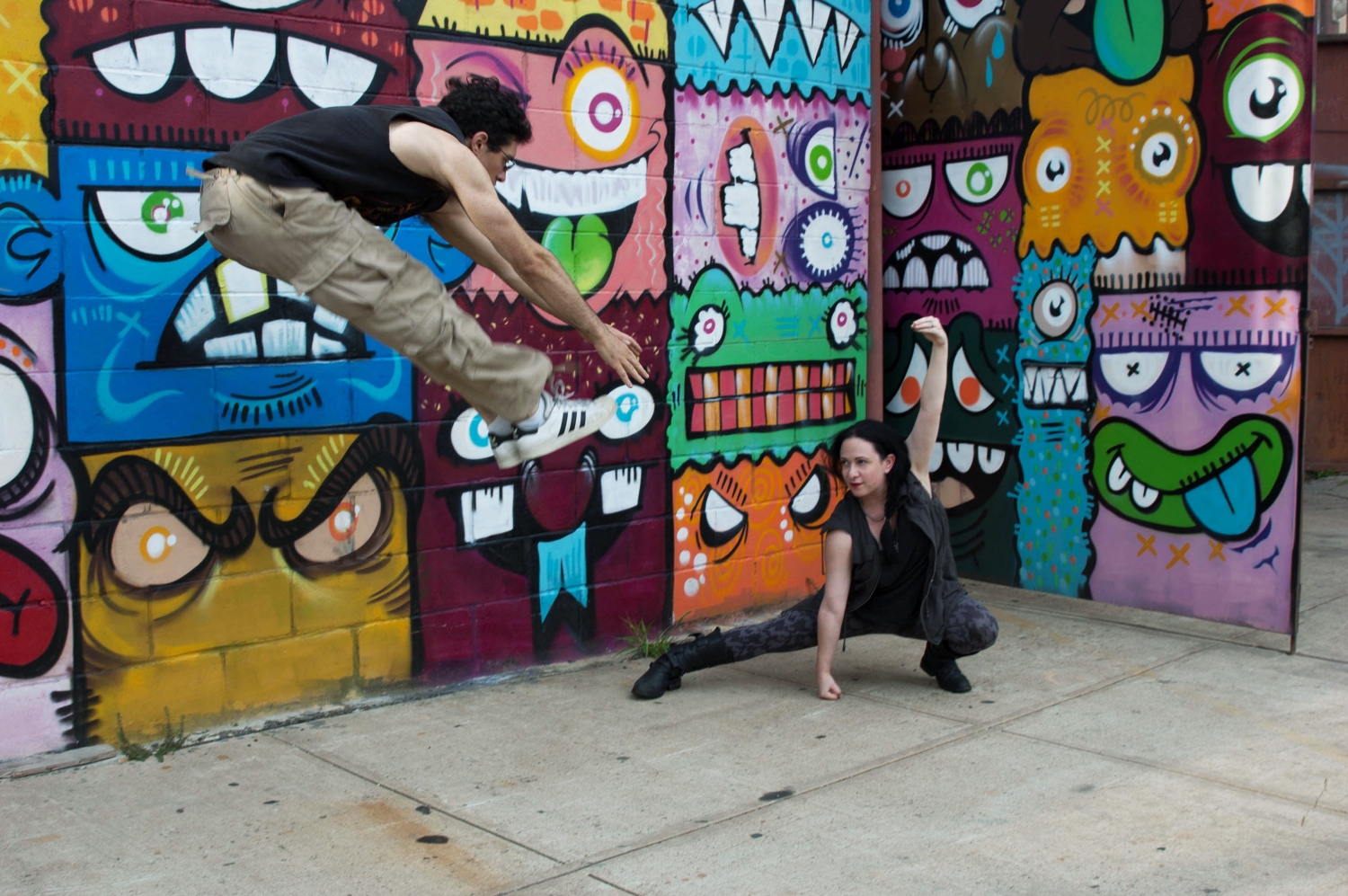Are Internet Memes Art?

Hadoukening. Grumpy Cat. The Harlem Shake. These images crowd our facebook threads, twitter feeds, and even the most dignified blogs as an occasional "mental health break." While it can be difficult to take them seriously, the institute of the internet meme has been conspicuously on the rise over the past decade, escalating as viewers get more involved with the process. Although the topics of interest change rapidly, the responses to each multiply more and more, resulting in an enormous library of recycled and re-imagined ideas. With so much of this kind of visual communication circling the globe, the art community has no choice but to ask itself: are memes art?
Some memes are fairly high quality and boast a strong production value, but most are rehashed from images acquired through a simple Google-image search, and then a minimal amount of work goes into adding new text. While videos take a bit more effort, they generally seem to come from a smart phone and have the something-to-do-when-there's-nothing-to-do kind of feel. It isn't difficult to make a meme and there are plenty of generators around. Compared to the agonizing life of the fine artist who takes their daily practice as seriously as a surgeon, is it an insult to put their efforts next to these cut and paste quickies?
One Does Not Simply Answer Yes Or No

This has been a point of interest even before the first dancing babies went viral in the 90s, and it's easy to see how Dawkins's idea translates. While the initial image/video/idea may be somewhat compelling, or at least amusing enough to get passed around the web, it's the large body of responses that really start to make things interesting and truly turns something into a "meme," as Dawkins envisioned it. Looking over a body of memes, theme and variation couldn't be more present, representing an incredible cross section of global thought process where entertainment intertwines with social and political commentary in a rapid evolution from one piece to the next. Given the quality of most memes, the content is practically irrelevant compared to the overall effect of the chain of reactions.
What If I Told You A Meme Was A Collective Art Project
There are plenty of artists today that look to memes as inspiration for their work. Lauren Kaelin adapts memes like Texts From Hilary Clinton into oil paintings, but leaves off the text, which results in the viewer taking a personal trip through their own memory of the versions they've seen. Illustrator Sam Spratt creates creepy, realistic versions of meme cartoons.
Meme Can Has Future?
The nature of memes involves rapid change, making disposability a primary characteristic of these trends. However, the archives are readily and immediately available to those who look for them, and new threads are always popping up. In some ways, these series are much more accessible to the greater public than the masterpieces found in museums and galleries, filtering into our daily routines whether they're welcome or not, but in either case are remembered. By asking if memes are art, we are really asking ourselves to redefine art, a difficult but necessary question that comes up every couple of generations or so. By redefining art, we are redefining ourselves, our world, and our place within it. How seriously we take these arguments and the methods we use to explore them will provide the answers in the long run.
Article by Meredith Caraher
Be the first to write a comment.
Your feedback



